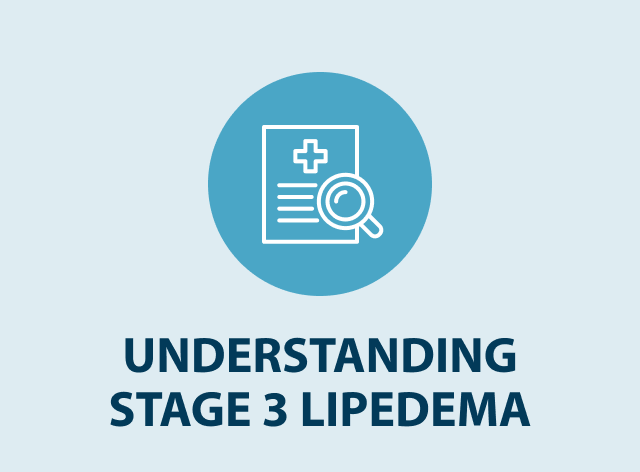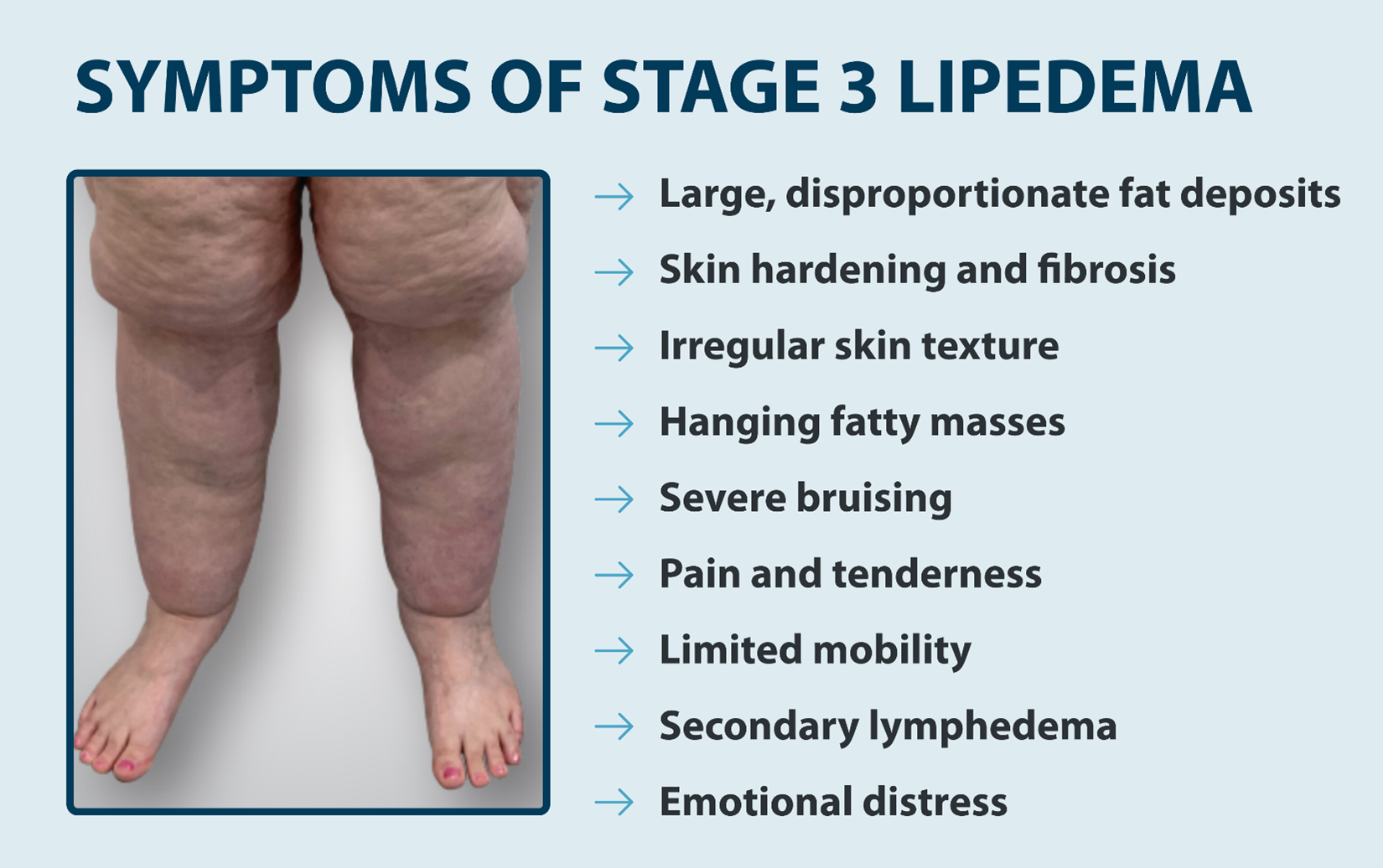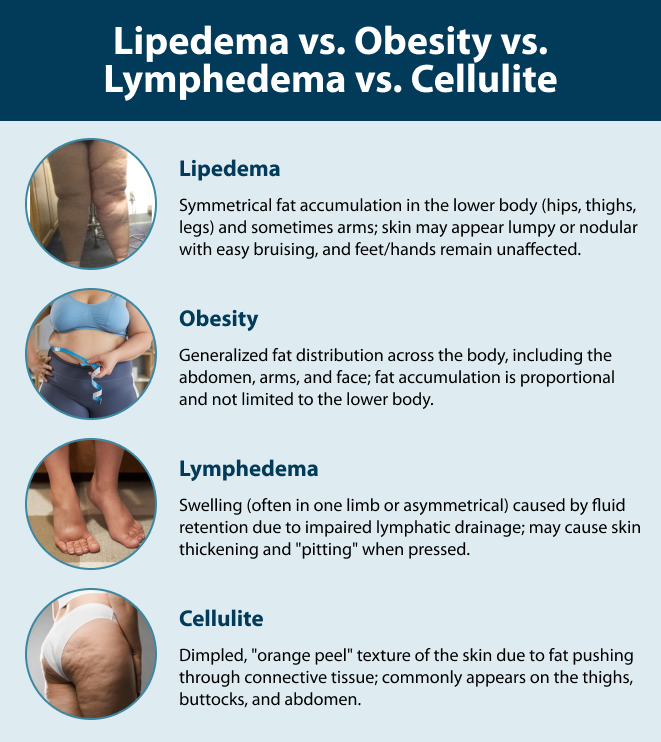Stage Two Lipedema
Living with lipedema can be challenging, especially as it progresses to stage 2. Lipedema is a loose connective tissue disorder that causes disproportionate fat accumulation, particularly in the lower body, and can impact quality of life with symptoms like pain and mobility issues. This article explores what stage 2 lipedema...
Read More


